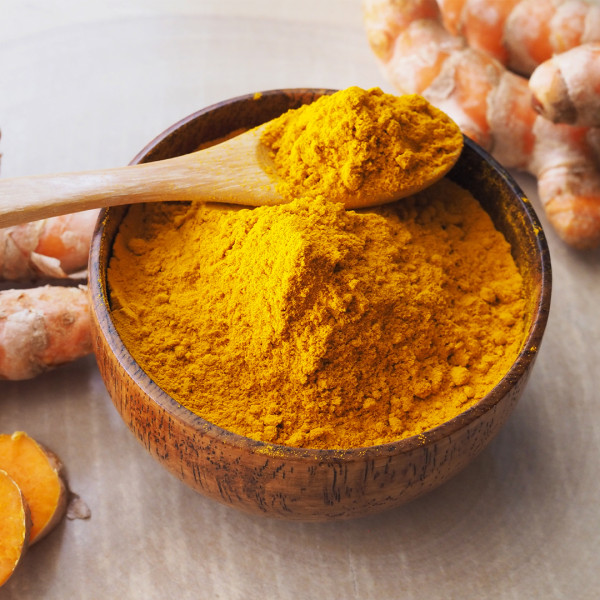
(365)
Organic Turmeric
€19.90
Nicknamed the golden spice, turmeric has embodied the Indian tradition for over 4000 years . Today it is acclaimed for its joint and antioxidant properties.
While many organic turmeric extracts remain poorly absorbed, our formula offers High absorption AND organic turmeric . On the strength of its clinical studies demonstrating its high bioavailability and safety, TurmiPure Gold® Bio is a star extract of Turmeric made in France . View more
Organic Turmeric
€19.90
Paiement
sécuriséLivraion offerte
dès 69€ d'achatLivraion
en 48hFaites des
économiesParrainer
un procheRécompenses
fidélité











